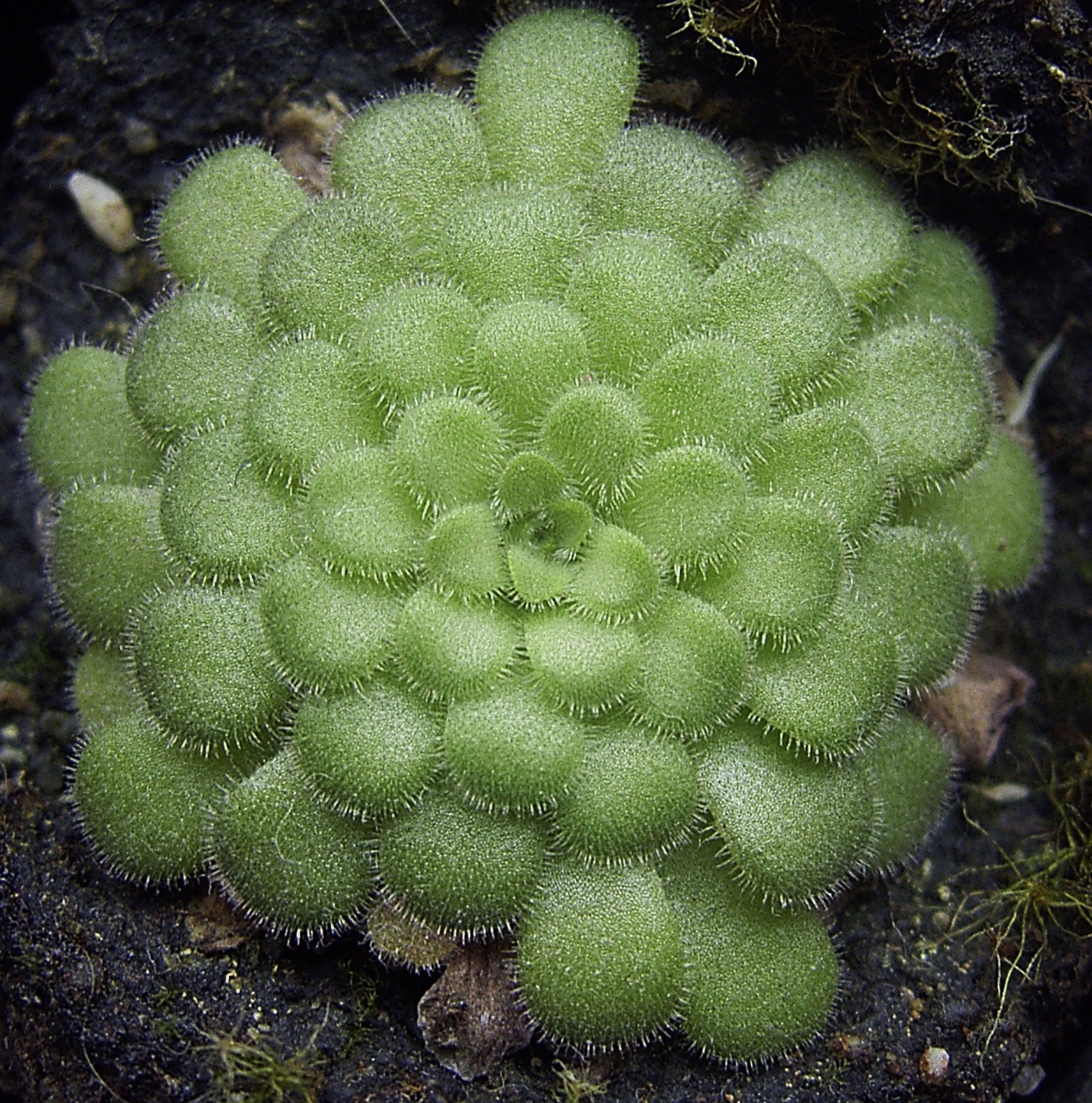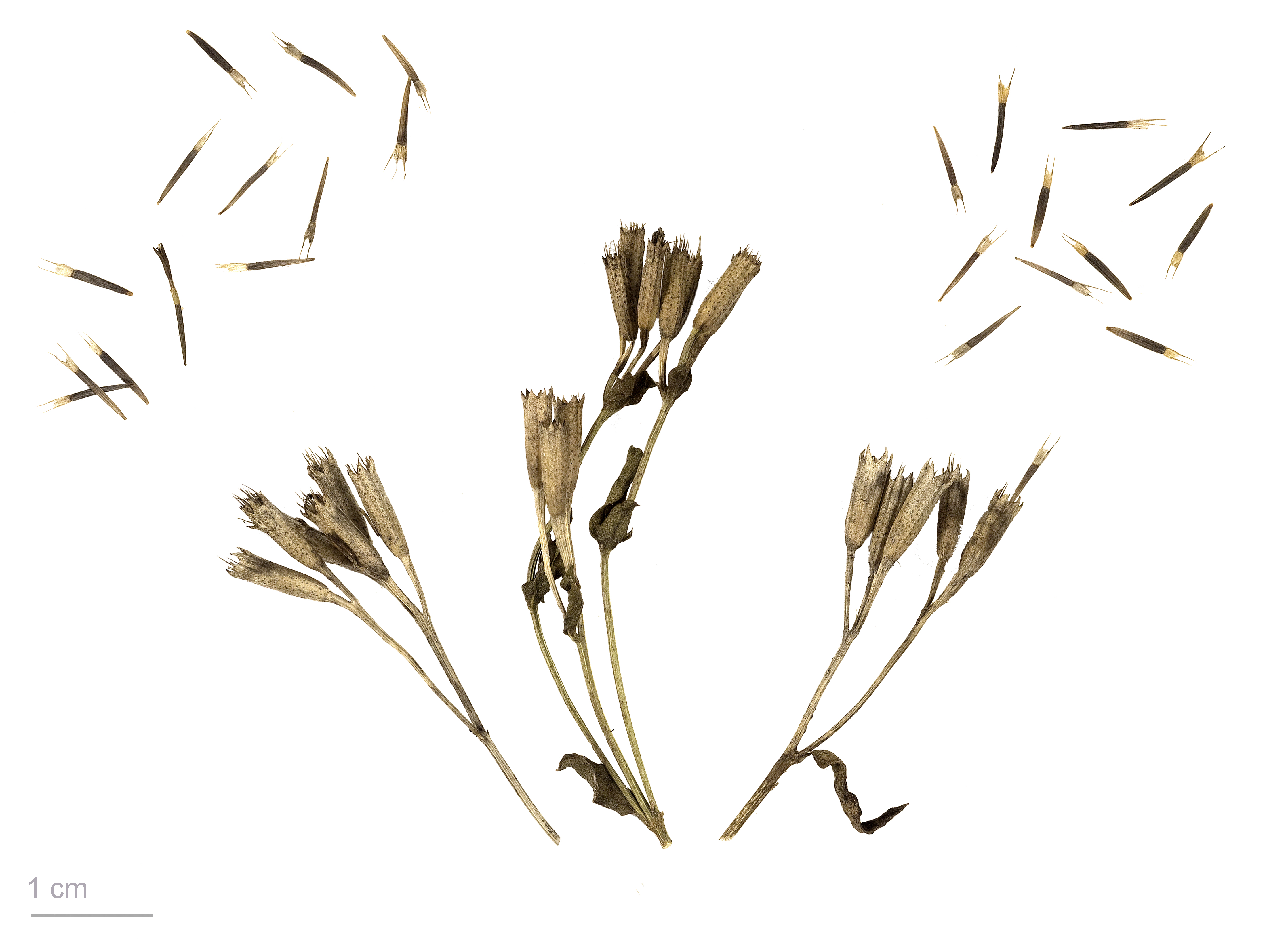|
Benito Juárez National Park
The Benito Juárez National Park is in the Valles Centrales Region of Oaxaca, Mexico, and includes parts of the municipalities of San Felipe Tejalapam and San Andres Huayapan. The southern boundary of the park is about 5 kilometers north of the City of Oaxaca. The park was established in 1937 during the presidency of General Lazaro Cardenas del Rio, and is named after President Benito Juárez, who was a native of Oaxaca. Description The park ranges from 1,650 to 3,050 meters above sea level. The climate is Coastal sub-humid and Temperate sub-humid. The main rivers that cross the park are the Huayapan and San Felipe rivers. Most of their water is piped to supply the city of Oaxaca. The park covers 2,737 hectares, including the 3,111 meter high Cerro San Felipe, part of the Sierra Madre de Oaxaca. There are pine and oak forests in the upper reaches of the mountain. Lower down there are scrub oaks, and tropical deciduous forest in the canyons. Concerns The park is the main home ... [...More Info...] [...Related Items...] OR: [Wikipedia] [Google] [Baidu] |
Illegal Logging
Illegal logging is the harvest, transportation, purchase or sale of timber in violation of laws. The harvesting procedure itself may be illegal, including using corrupt means to gain access to forests; extraction without permission, or from a protected area; the cutting down of protected species; or the extraction of timber in excess of agreed limits. Illegal logging is a driving force for a number of environmental issues such as deforestation, soil erosion and biodiversity loss which can drive larger scale environmental crisis such as climate change and other forms of environmental degradation. Illegality may also occur during transport, such as illegal processing and export (through fraudulent declaration to customs); the avoidance of taxes and other charges, and fraudulent certification. These acts are often referred to as "wood laundering". Illegal logging is driven by a number of economic forces, such as demand for raw materials, land grabbing and demand for pasture for ... [...More Info...] [...Related Items...] OR: [Wikipedia] [Google] [Baidu] |
Protected Areas Established In 1937
Protection is any measure taken to guard a thing against damage caused by outside forces. Protection can be provided to physical objects, including organisms, to systems, and to intangible things like civil and political rights. Although the mechanisms for providing protection vary widely, the basic meaning of the term remains the same. This is illustrated by an explanation found in a manual on electrical wiring: Some kind of protection is a characteristic of all life, as living things have evolved at least some protective mechanisms to counter damaging environmental phenomena, such as ultraviolet light. Biological membranes such as bark on trees and skin on animals offer protection from various threats, with skin playing a key role in protecting organisms against pathogens and excessive water loss. Additional structures like scales and hair offer further protection from the elements and from predators, with some animals having features such as spines or camouflage servin ... [...More Info...] [...Related Items...] OR: [Wikipedia] [Google] [Baidu] |
Natural History Of Oaxaca
Nature, in the broadest sense, is the physical world or universe. "Nature" can refer to the phenomena of the physical world, and also to life in general. The study of nature is a large, if not the only, part of science. Although humans are part of nature, human activity is often understood as a separate category from other natural phenomena. The word ''nature'' is borrowed from the Old French ''nature'' and is derived from the Latin word ''natura'', or "essential qualities, innate disposition", and in ancient times, literally meant "birth". In ancient philosophy, ''natura'' is mostly used as the Latin translation of the Greek word ''physis'' (φύσις), which originally related to the intrinsic characteristics of plants, animals, and other features of the world to develop of their own accord. The concept of nature as a whole, the physical universe, is one of several expansions of the original notion; it began with certain core applications of the word φύσις by pre-So ... [...More Info...] [...Related Items...] OR: [Wikipedia] [Google] [Baidu] |
National Parks Of Mexico
Mexico recognizes 67 federally protected natural areas as national parks ( es, Parques Nacionales), which are administered by the National Commission of Protected Natural Areas (CONANP), a branch of the federal Secretariat of the Environment and Natural Resources The Secretariat of Environment and Natural Resources (in Spanish: ''Secretaría del Medio Ambiente y Recursos Naturales, SEMARNAT'') is Mexico's environment ministry. Its head, the Secretary of the Environment and Natural Resources, is a member .... Together, they cover a combined area of in 23 of the 31 administrative divisions of Mexico, Mexican states and the independent district of Mexico City, representing 0.73% of the territory of Mexico. , retrieved 6 February 2012 List of national parks ...[...More Info...] [...Related Items...] OR: [Wikipedia] [Google] [Baidu] |
Pinguicula
''Pinguicula'', commonly known as the butterworts, is a genus of carnivorous flowering plants in the family Lentibulariaceae. They use sticky, glandular leaves to lure, trap, and digest insects in order to supplement the poor mineral nutrition they obtain from the environment. Of the roughly 80 currently known species, 13 are native to Europe, 9 to North America, and some to northern Asia. The largest number of species is in South and Central America. Etymology The name ''Pinguicula'' is derived from a term coined by Conrad Gesner, who in his 1561 work entitled ''Horti Germaniae'' commented on the glistening leaves: ''"propter pinguia et tenera folia…"'' (Latin ''pinguis'', "fat"). The common name "butterwort" reflects this characteristic. Characteristics The majority of ''Pinguicula'' are perennial plants. The only known annuals are ''P. sharpii'', ''P. takakii'', ''P. crenatiloba'', and ''P. pumila''. All species form stemless rosettes. Habitat Butterworts can be ... [...More Info...] [...Related Items...] OR: [Wikipedia] [Google] [Baidu] |
Tagetes Lucida
''Tagetes lucida'' is a perennial plant native to Mexico and Central America. It is used as a medicinal plant and as a culinary herb. The leaves have a tarragon-like scent, with hints of anise, and it has entered the nursery trade in North America as a tarragon substitute. Common names include sweetscented marigold, Mexican marigold, Mexican mint marigold, Mexican tarragon, sweet mace, Texas tarragon, pericón, yerbaniz, and hierbanís. Description ''Tagetes lucida'' grows tall and requires full sun to light shade. Depending on the variety or landrace, the plant may be fairly upright, while other forms appear bushy with many unbranching stems. The leaves are linear to oblong, about long, and shiny medium green, not blue-green as in French tarragon (''Artemisia dracunculus'' var. ''sativa''). In late summer it bears clusters of small golden yellow flower heads on the ends of the stems. The flower heads are about across and have 3–5 golden-yellow ray florets. The flow ... [...More Info...] [...Related Items...] OR: [Wikipedia] [Google] [Baidu] |
Dahlia
Dahlia (, ) is a genus of bushy, tuberous, herbaceous perennial plants native to Mexico and Central America. A member of the Asteraceae (former name: Compositae) family of dicotyledonous plants, its garden relatives thus include the sunflower, daisy, chrysanthemum, and zinnia. There are 49 species of this genus, with hybrids commonly grown as garden plants. Flower forms are variable, with one head per stem; these can be as small as diameter or up to ("dinner plate"). This great variety results from dahlias being octoploids—that is, they have eight sets of homologous chromosomes, whereas most plants have only two. In addition, dahlias also contain many transposons—genetic pieces that move from place to place upon an allele—which contributes to their manifesting such great diversity. The stems are leafy, ranging in height from as low as to more than . The majority of species do not produce scented flowers. Like most plants that do not attract pollinating insects throug ... [...More Info...] [...Related Items...] OR: [Wikipedia] [Google] [Baidu] |
Downhill Cycling
Downhill mountain biking (DH) is a style of mountain biking practiced on steep, rough terrain that often features Glossary of cycling#gap jump, jumps, Glossary of cycling#drop, drops, Glossary of cycling#rock garden, rock gardens and other obstacles. Jumps can be up to and including , and drops can be greater than . The rider commonly travels to the point of descent a ski lift or automobile, since the weight of the downhill mountain bike often precludes any serious climbing. In this context, the use of a motorized vehicle or device does not make DH a motorized sport. Riders must possess a unique combination of total body strength, aerobic and anaerobic fitness, and the acceptance of a relatively high risk of incurring serious permanent injuries. Downhill bikes are heavier and stronger than other mountain bikes and feature front and rear suspension with over 8 inches (20 cm) of travel, to glide quickly over rocks and tree roots. In competitive races, a continuous ... [...More Info...] [...Related Items...] OR: [Wikipedia] [Google] [Baidu] |
Dwarf Jay
The dwarf jay (''Cyanolyca nanus'') is a species of bird in the family Corvidae. It is endemic to Mexico. Its natural habitat is subtropical or tropical moist montane forests, specifically comprising an oak-pine mix. As its name would imply, this is the smallest member of the family Corvidae at 20–23 cm long and weighing 41 g.''https://www.oiseaux.net/birds/dwarf.jay.html'', oiseaux.net. Retrieved 24 December 2020. It is threatened by habitat loss Habitat destruction (also termed habitat loss and habitat reduction) is the process by which a natural habitat becomes incapable of supporting its native species. The organisms that previously inhabited the site are displaced or dead, thereby .... References dwarf jay Endemic birds of Mexico Birds of Mexico dwarf jay dwarf jay Taxonomy articles created by Polbot {{Corvidae-stub ... [...More Info...] [...Related Items...] OR: [Wikipedia] [Google] [Baidu] |
Valles Centrales De Oaxaca
The Central Valleys ( es, Valles Centrales) of Oaxaca, also simply known as the Oaxaca Valley, is a geographic region located within the modern-day state of Oaxaca in southern Mexico. In an administrative context, it has been defined as comprising the districts of Etla, Centro, Zaachila, Zimatlán, Ocotlán, Tlacolula and Ejutla. The valley, which is located within the Sierra Madre Mountains, is shaped like a distorted and almost upside-down “Y,” with each of its arms bearing specific names: the northwestern Etla arm, the central southern Valle Grande, and the Tlacolula arm to the east. The Oaxaca Valley was home to the Zapotec civilization, one of the earliest complex societies in Mesoamerica, and the later Mixtec culture. A number of important and well-known archaeological sites are found in the Oaxaca Valley, including Monte Albán, Mitla, San José Mogote and Yagul. Today, the capital of the state, Oaxaca City, is located in the central portion of the valley. Histo ... [...More Info...] [...Related Items...] OR: [Wikipedia] [Google] [Baidu] |
Sierra Madre De Oaxaca
The Sierra Madre de Oaxaca is a mountain range in southern Mexico. It is primarily in the state of Oaxaca, and extends north into the states of Puebla and Veracruz. Geography The mountain range begins at Pico de Orizaba, and extends in a southeasterly direction for 300 km (190 miles) until reaching the Isthmus of Tehuantepec. Peaks in the Sierra Madre de Oaxaca average 2,500 m (8200 ft) in elevation, with some peaks exceeding 3,000 m (9800 ft). Cerro Zempoaltépetl is the highest peak in the range. The Sierra is composed of several sub-ranges, including the Sierra de Zongolica–Sierra Mazateca between the Río Blanco canyon and the Santo Domingo River, the Sierra Juárez between the Santo Domingo and Cajones rivers, the Sierra de Villa Alta south of the Cajones River, the Sierra Ixtlán southwest of the Sierra Juárez, and the Sierra Mixe in the southeast. The eastern slopes of the range are wetter, intercepting moisture-laden winds from the Gulf o ... [...More Info...] [...Related Items...] OR: [Wikipedia] [Google] [Baidu] |
.jpg)


.jpg)




